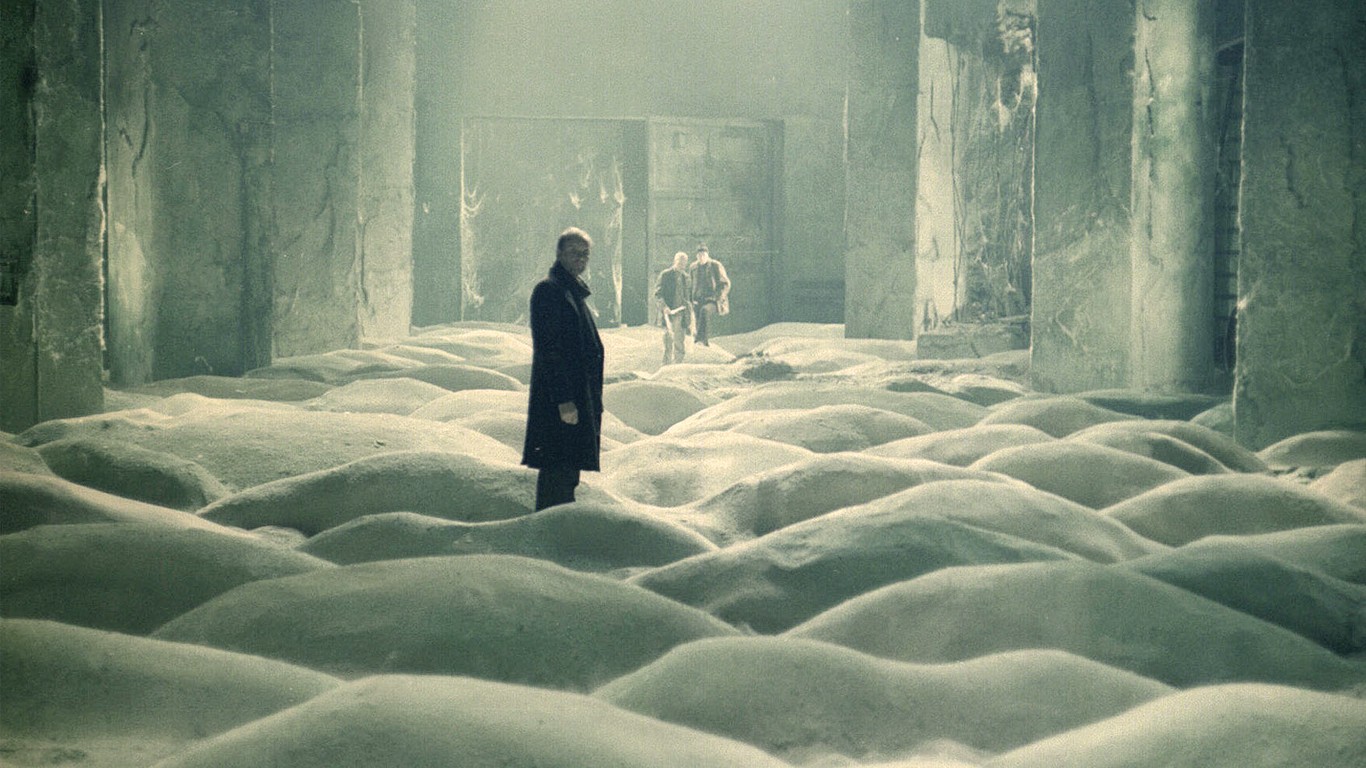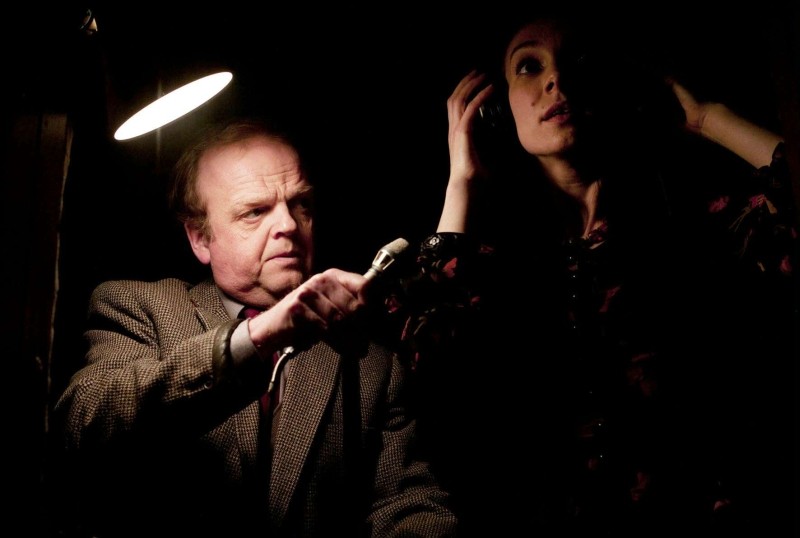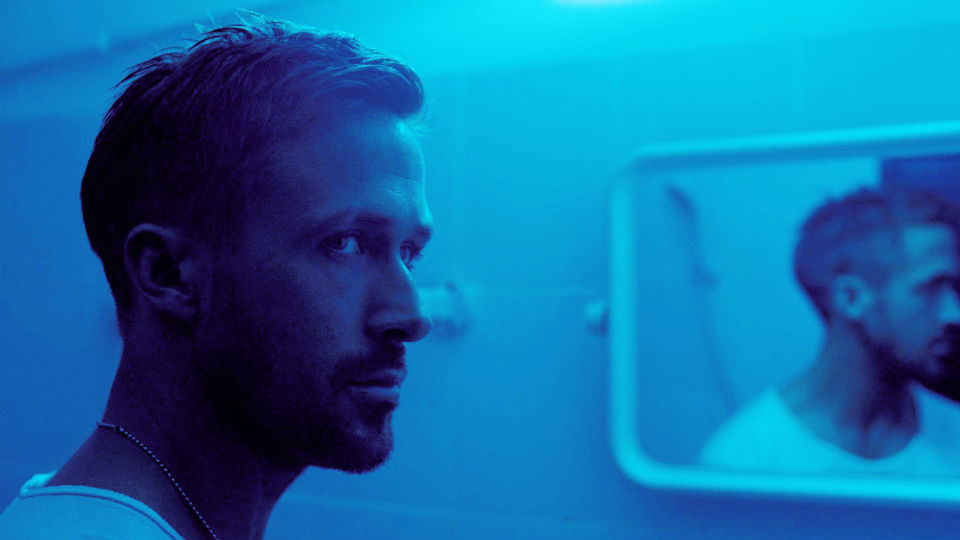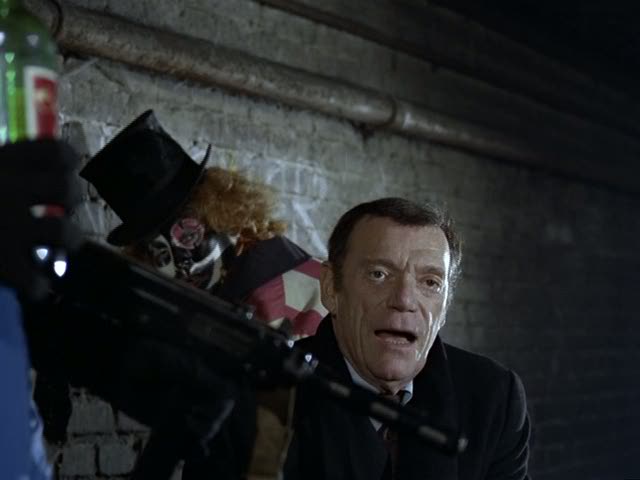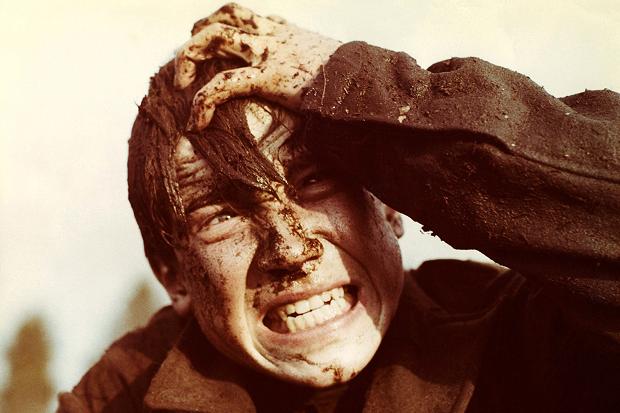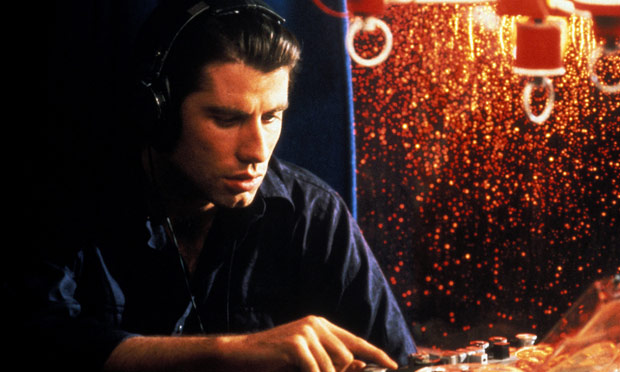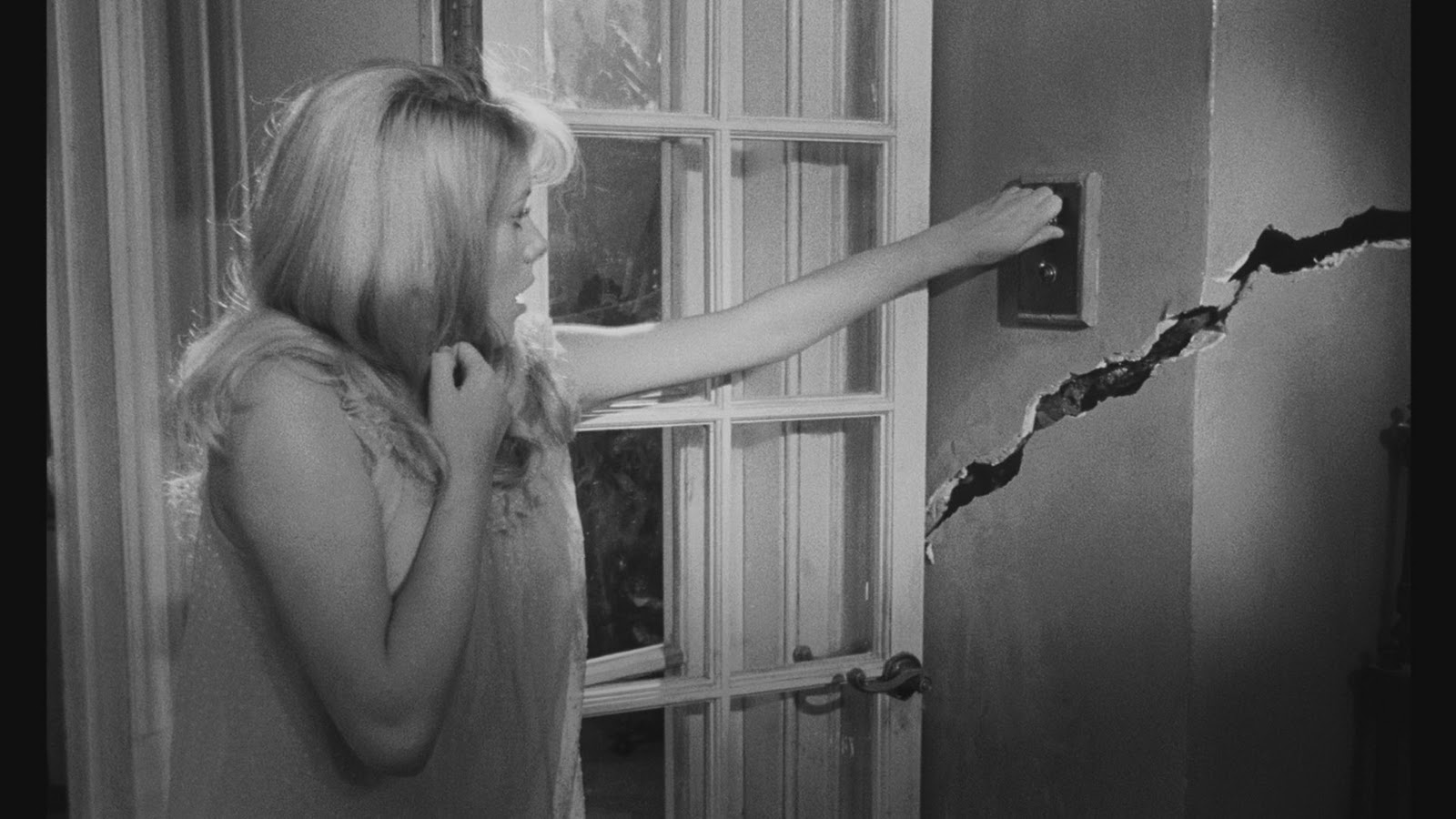The world of cinema interest is ruled initially by actors, and secondly by directors. They always overshadow the other technical works in cinema, but for somebody getting into film, aspects like cinematography or editing are just as important to them.
However, the role of the sound designer and the importance of sound design are relegated to a secondary position, ignoring how essential they are in building a film. The mixing stage is the process capable of providing tension in any thriller, and the Foley recording is the process capable of inventing sounds for a film.
One of the reasons the sound design is discreet is the tradition of making it “invisible”. A classical film would tell us that a good sound design is the one an audience is unable to perceive. But with these 20 examples, we can see that sound design can be a creative and powerful tool capable of filling a film with different emotions, or even changing the speech behind the film.
20. Berberian Sound Studio (Peter Strickland, 2012)
Since Fellini’s “8½”, cinema found different ways to reveal its mechanism. But sound and its construction is still kept a secret reserved for certain professionals, and that is the main reason why “Berberian Sound Studio” feels so fresh. The film settles in a sound studio in Italy for Giallo films. The Foley recording sessions show how a watermelon works as a bloody stabbing, or how somebody drowning can be replaced with lettuces in water.
The film remarks on the artificial quality of sound on film. We never see the scenes that the characters are working for, but even if we are seeing the watermelons, it still sounds like a gore fest. All these noises, especially in horror films, are inside our heads and they sound totally real in their fake way. The film evolves into a Lynchean nightmare scored by Broadcast, and it shows how unsettling and important the sound is for real terror.
19. Only God Forgives (Nicolas Winding Refn, 2013)
The previous film by Winding Refn, “Drive”, quickly became a modern classic because of its hyper-stylized use of sound and vision. One of the main aspects that elevated the fame of the film was Cliff Martinez’s ambient soundtrack, and the use of Italo-disco songs by different artists. But the special thing about this score wasn’t only its quality, but the way it worked with the film.
Many of the film’s main scenes are constructed around the soundtrack; the music is used as a way of not only dramatizing a scene, but also directing the pace and style of the editing. This same element, again with Cliff Martinez as the main musician, is used and improved in “Only God Forgives”.
The slow movements of the characters are accompanied by this dark ambience, while the exploding violence is covered by a techno ambient beat. But it is not only the score that is one of the remarkable points of its sound design, as the film presents some of the most detailed Foley use. In the middle of this sacred silence, every step sounds loud enough to disturb the minds of the audience, and creates the hypnotic rhythm of the film.
18. The Third Generation (Rainer Werner Fassbinder, 1979)
Whether we find the sound design experiment of “The Third Generation” successful, it is worthy to mention as one of the bravest and weirdest designs ever created. It was the first sound work by Hartmut Eichgrün, who would work later on Wim Wenders’ classic “Wings of Desire”, a film that applies some of the techniques seen in this film. Fassbinder always put a lot of importance on media and the way it constantly surrounds our background sound.
The ending of “The Marriage of Maria Braun” with loud radio transmissions is one of many examples. This idea was taken to an extreme level in this film. Following a terrorist group inspired by the RAF, every meeting is interrupted by radio or television noises.
The interesting thing is that they are on the same level of the conversations, making them difficult to follow. But this doesn’t happen in a couple of scenes; more than half of the scenes have this loud annoying background noise. In the film there two kinds of terrorism, the armed one and the informational one, and at the end it is the last one who wins.
17. Come and See (Elem Klimov, 1985)
Probably the most interesting and atmospheric scene of this Soviet classic is the moment when Florya (Aleksei Kravchenko) hides behind a cow in the middle of a foggy night. But the key element of the unsettling feeling is given by the sound of those bullets. “Come and See” presents one the most special Foley use on bullets.
Instead of the typical shot sound that we are so used to, this are sniper bullets and you can hear how they are cutting through air. The fear is all around the scene, with total silence interrupted by these bullets. This must be the greatest example, but “Come and See” is full of this special way of using silence. The fear is all around, and like these bullets, there are explosions or screams interrupting this big silence.
16. Blow Out (Brian De Palma, 1981)
John Travolta plays a sound effects professional who records accidentally a murder, and no other film had involved the mechanics of sound work in cinema so deeply. The film starts with a cheap fake slasher interrupted by the sound crew because the scream of one of the girls doesn’t work.
It is a very funny scene and works as a gag in a way, but also shows how artificial the construction of sound in film can be. The scream, the knife, the steps of the characters, every element of this fake film are worked and recorded separately, using direct sound only as a reference.
Style and content are impossible to separate in “Blow Out”, and the interaction between sound and image is analyzed in every aspect, both in the film but also in the perception in real life. Very few films had more attention on sound as a concept.
15. Repulsion (Roman Polanski, 1965)
Polanski’s first English language film is a psychological horror starring Catherine Deneuve as a girl frightened by different mysterious elements in her apartment. As the film progresses, these fears become bigger and they take different physical form, but in the first half of the movie Polanski handles these fears by only suggesting them.
The first of Deneuve’s fears are just noises outside the apartment. The horror is offscreen and that is how we get to the psychological root of the problem. The repulsion toward sexuality is expressed in a full horror frenzy of images, but sound prepares the ground before this climax.
